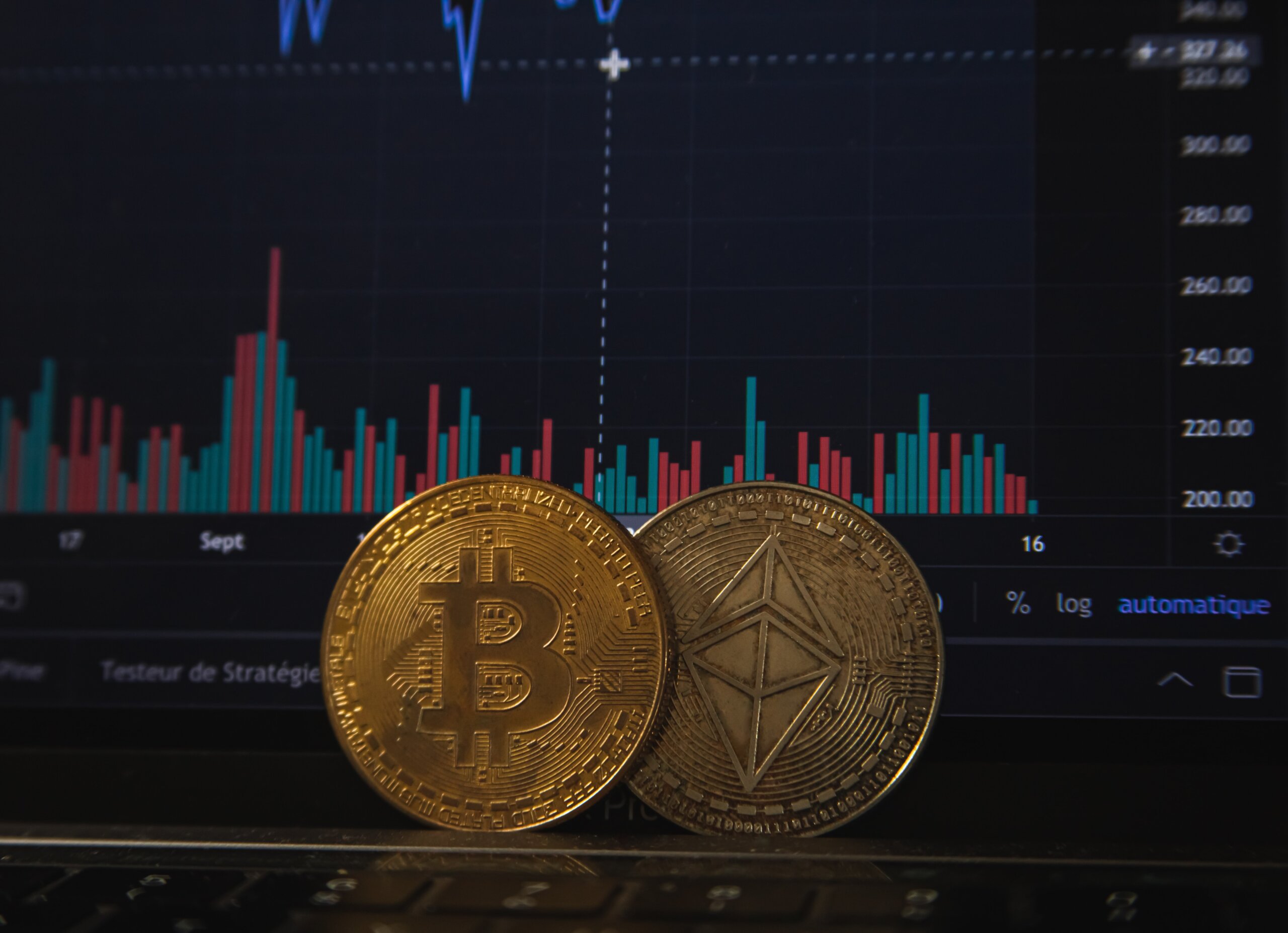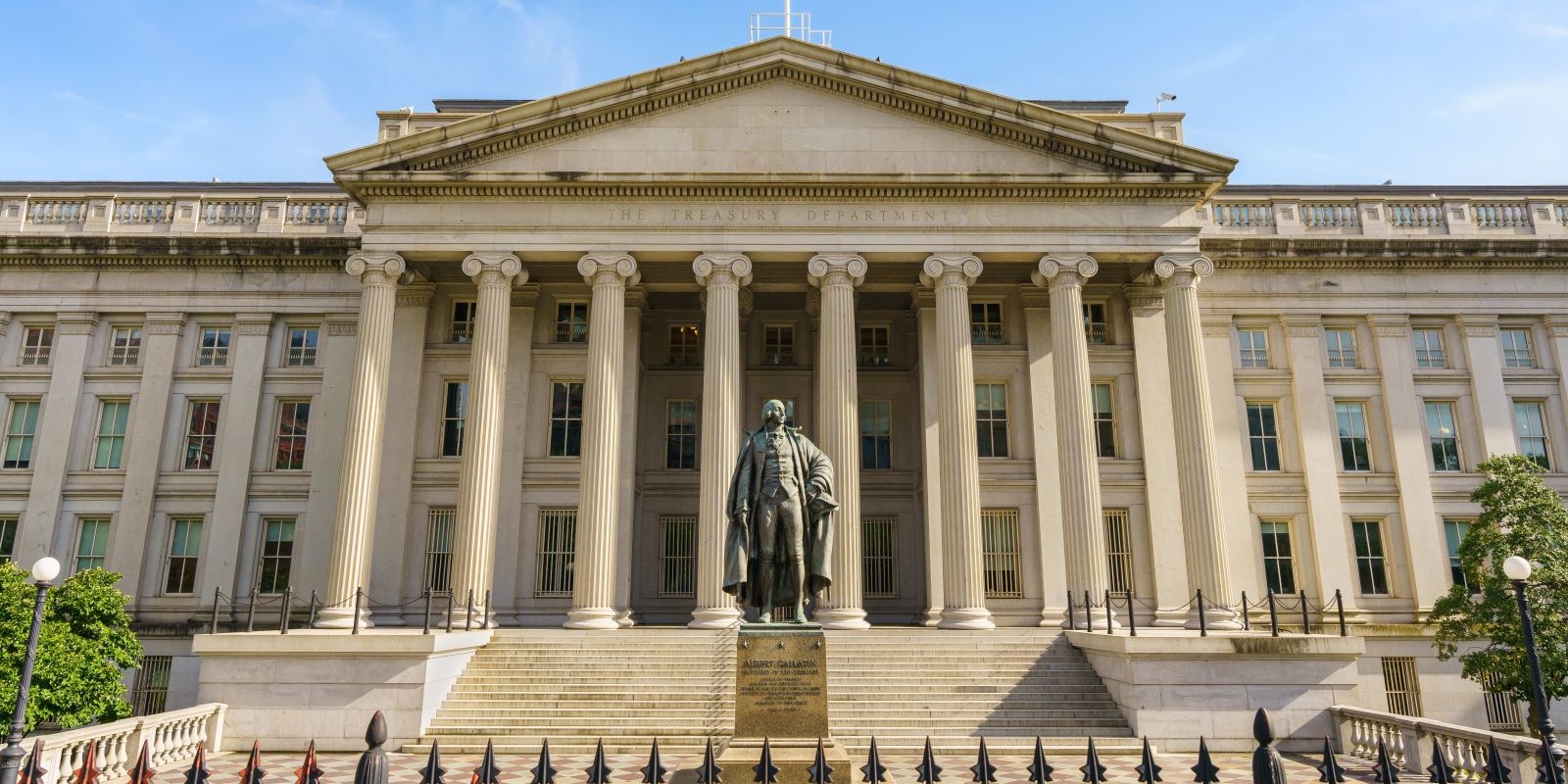Biden’s Plan for Cryptocurrency Regulation

With 16% of the U.S. adult population buying cryptocurrency and the worldwide market worth more than $3 trillion, the Biden Administration has outlined a comprehensive approach to cryptocurrency regulation. Over the last six months at the President’s direction, federal agencies have compiled a series of nine reports containing “frameworks and policy recommendations” that advance six key priorities identified by Biden in a March 2022 Executive Order:
- consumer and investor protection
- promoting financial stability
- countering illicit finance
- U.S. leadership in the global financial system and economic competitiveness
- financial inclusion
- responsible innovation
The comprehensive framework follows enactment of a controversial provision in the Infrastructure Investment and Jobs Act, P.L. 117-58, that requires broker reporting to the IRS of transfers of $10,000 or more of digital assets. The requirement is set to take effect in 2024.
U.S. Central Bank Digital Currency
The framework contemplates the U.S. creating its own digital currency and tasks the Federal Reserve with researching the issue. The reports envision a U.S. Central Bank-issued cryptocurrency, which could enable a more efficient payment system, foster technological innovation and facilitate faster cross-border transactions. On the international stage, the U.S. can lead digital currency markets while minimizing the risks of illicit financial transactions and increasing the effectiveness of sanctions.
The Treasury Department will lead an interagency working group to consider the potential implications of a U.S. digital dollar and how to leverage cross-government technical expertise, share information with partners and support the Federal Reserve’s efforts.
Consumer Protection
To protect consumers and investors, the framework calls on federal regulatory agencies to monitor consumer complaints of unfair, deceptive or abusive practices and aggressively pursue enforcement actions against bad actors.
The White House Fact Sheet explains that almost a quarter of digital coin offerings had disclosure or transparency problems such as plagiarized documents or false promises of guaranteed returns. According to the FBI, fraud, scams and theft in digital asset markets are on the rise.
Access to Financial Services
In 2023, the Federal Reserve will launch a new interbank clearing system, FedNow, that is designed to make payment transfers instantaneous. A more robust digital asset system would help facilitate faster payments and make financial services more accessible.
The framework encourages the adoption of instant payment systems and multilateral platforms for cross-border transactions. The President also intends to create a federal framework to regulate nonbank payment providers.
Financial Stability
The Financial Stability Oversight Council published a report discussing digital assets’ financial-stability risks, identifying related regulatory gaps and making recommendations to boost financial stability. This move comes after the May 2022 crash of the stablecoin TerraUSD that erased nearly $600 billion in wealth.
Under the framework, Treasury will work with financial institutions to bolster their capacity to identify and mitigate cyber vulnerabilities by sharing information and promoting useful data sets and analytical tools.
Advancing Responsible Innovation
The Office of Science and Technology Policy and the National Science Foundation will develop a Digital Assets Research and Development Agenda to perform fundamental research on next-generation cryptography, transaction programmability and cybersecurity and privacy protections. The organizations also address ways to mitigate the environmental impacts of digital assets. Global electricity generation for the digital assets with the largest market capitalizations result in emissions of carbon dioxide similar to those from diesel fuel used in railroads in the U.S.
Fighting Illicit Finance
While the benefits of cryptocurrency are many, the rise of cryptocurrency has led to fraudulent and illegal activities. Cryptocurrencies have been used to launder illicit proceeds, finance terrorism and facilitate criminal activity including ransomware, narcotics sales and money laundering for drug traffickers and the funding of rogue governments, such as North Korea.
The plan calls on Congress to amend the Bank Secrecy Act, anti-tip-off statutes and laws against unlicensed money transmissions so they explicitly apply to digital asset service providers. The Biden Administration also wants to raise penalties for unlicensed money transmissions.
As part of the crackdown on digital currency, Treasury will complete an illicit finance risk assessment on decentralized finance by the end of February 2023 and an assessment on non-fungible tokens by July 2023.
Global Leadership and Competitiveness
The policy recommendations include steps to establish the U.S. as a global leader in cryptocurrency advancement. The reports call for U.S. organizations to “message U.S. values related to digital assets…” U.S. agencies also are to expand their leadership roles on digital assets work at international organizations and standard-setting bodies.
The State Department, Treasury, USAID and other agencies are expected to provide technical assistance to developing countries to help them build out digital asset infrastructure and services. The Department of Commerce’s job will be to help U.S. financial technology and digital asset firms establish a place in global markets for their products.
Conclusion
The Biden Administration’s blueprint for digital assets is designed to establish a comprehensive policy for the U.S.’s handling of cryptocurrency, combining further regulation with technological advancement. Enhanced reporting and enforcement activities are likely to result in increased taxation of cryptocurrency investments.
In the long run, the creation of a digital dollar is the most ground-breaking proposal. A shift in the U.S. currency system has far-reaching implications for consumers, investors, businesses, and all taxpayers. All stakeholders should carefully watch the work of the Federal Reserve and Treasury Department.
Links to Available Reports
Office of Science and Technology Policy: Technical Evaluation for a U.S. Central Bank Digital Currency System
Treasury Department: Report on Digital Asset Financial Stability Risks and Regulation
Treasury Department: The Future of Money and Payments
Treasury Department: Action Plan to Address Illicit Financing Risks of Digital Assets
Commerce Department: Responsible Advancement of U.S. Competitiveness in Digital Assets Report
Justice Department: The Role of Law Enforcement in Detecting, Investigating, and Prosecuting Criminal Activity Related to Digital Assets
Office of Science and Technology Policy: Climate and Energy Implications of Crypto-Assets in the United States
Explore related insights
-
Treasury Secretary Explains Vision for IRS at Committee Hearing
Read more: Treasury Secretary Explains Vision for IRS at Committee Hearing
-
Georgia Gives Farmers and Timber Producers Tax Relief to Offset Hurricane Damage
Read more: Georgia Gives Farmers and Timber Producers Tax Relief to Offset Hurricane Damage






